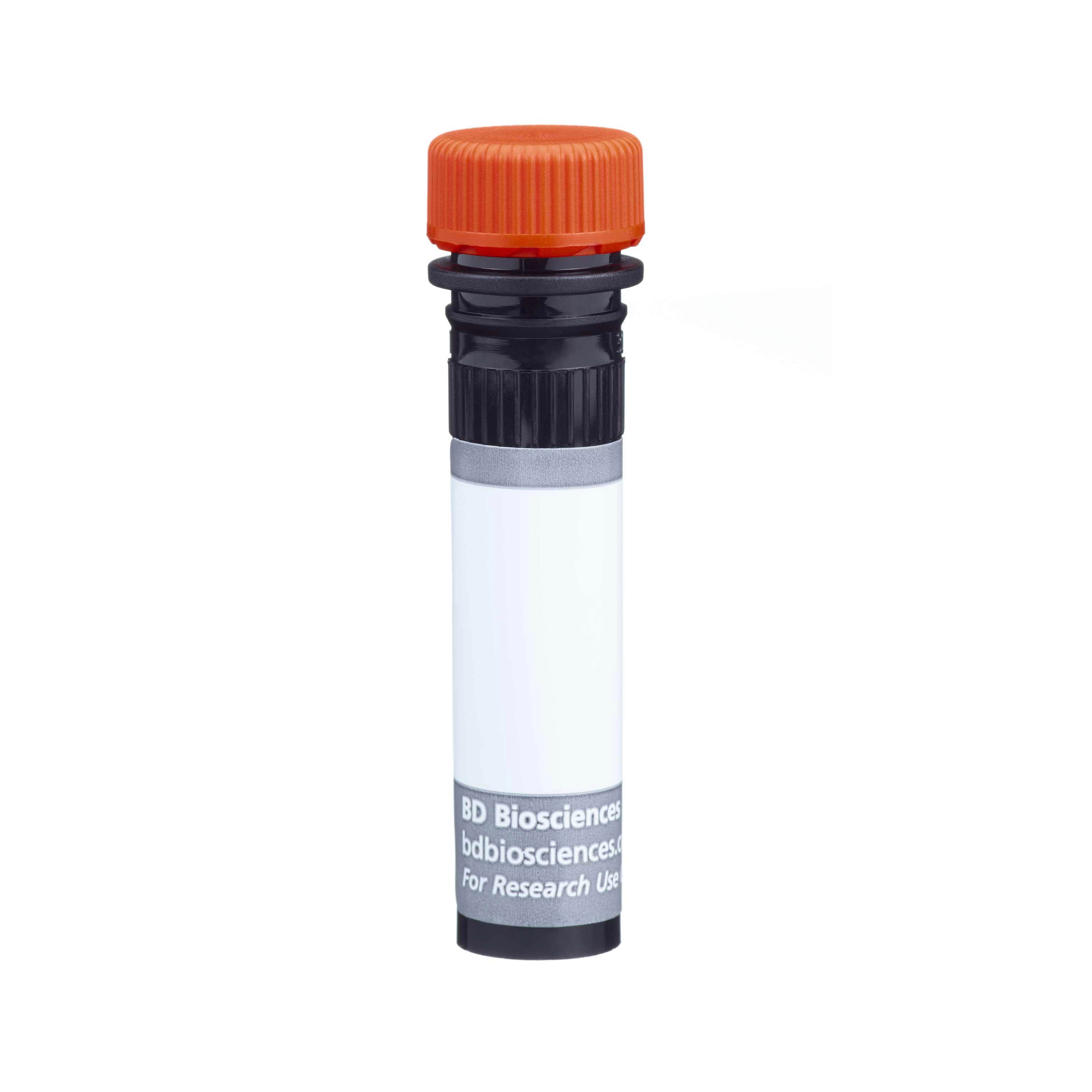The Ab93 monoclonal antibody (aka, Antibody93) specifically recognizes a common epitope on the extracellular domains of mouse CD16 (Fc gamma RIII/FcγRIII encoded by Fcgr3) and CD32 (Fc gamma RIIB/FcγRIIB encoded by Fcgr2b). Therefore, Ab93 is referred to as an Anti-CD16/32 or Anti-FcgRII/III antibody. CD16 is variably expressed on neutrophils, macrophages, and natural killer (NK) cells whereas CD32 is expressed on B cells, monocytes, granulocytes, platelets and endothelial cells. CD16 and CD32 serve as low affinity receptors for IgG Fc constant regions and are involved in regulating various cellular functions including antibody-dependent cellular toxicity (ADCC), phagocytosis, effector cell degranulation, and B cell proliferation. In addition to identifying CD16- or CD32-positive cells, the Ab93 antibody is useful in phenotyping studies for blocking nonspecific staining due to Fc receptor-mediated binding of other antibodies. Ab93 is also useful in functional studies due to its Fc receptor blocking capability or by its capacity to crosslink Fc receptors leading to signal transduction that triggers cellular responses. Ab93 (Rat IgG2a, λ) and clone 2.4G2 (Rat IgG2b, κ), another mouse CD16/32-specific antibody, reportedly have similar specificities. The differences in the Ig heavy chain or Ig light chain isotypes of these CD16/32-specific antibodies afford flexibility in the design of experimental model systems involving other antibodies.
The antibody was conjugated to BD Horizon BUV615 which is part of the BD Horizon Brilliant™ Ultraviolet family of dyes. This dye is a tandem fluorochrome with an Ex Max near 350 nm and an Em Max near 615 nm. BD Horizon Brilliant BUV615 can be excited by the ultraviolet laser (355 nm) and detected with a 610/20 filter and a 595 nm LP. Due to the excitation of the acceptor dye by the blue/yellow-green laser line, there may be significant spillover into channels detecting PE-CF594 like emissions (eg, 610/20-nm filter).





